Most Wanted Components of the Decade – Analogue


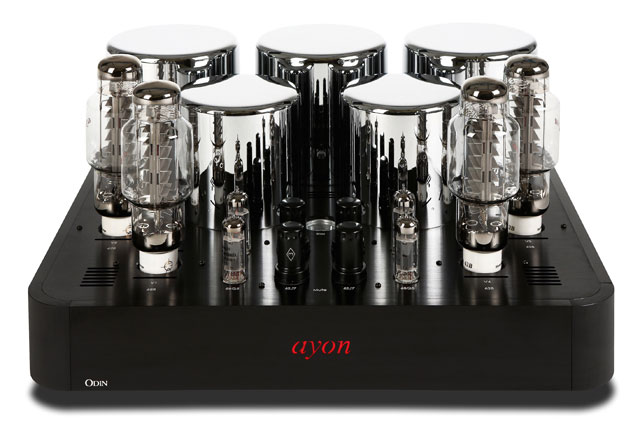
Ayon Audio Odin III Gen 4 Stereo Amplifier ($26,500): The Odin, a 50 watt per channel direct heated triode stereo amp, is a state-of-the-art tube amp made in Austria and is among the best I’ve heard. Its ability to throw an open soundstage filled with images of high density and energy while being highly resolving yet neutral in tonal balance was uncanny at creating the recording’s venue. The Odin presented bass that was better defined and more powerful than most solid-state amplifiers I ever listened to. The attack, slam, and sustain with extraordinary decay has a way of transporting one to the live event. (Mike Girardi)

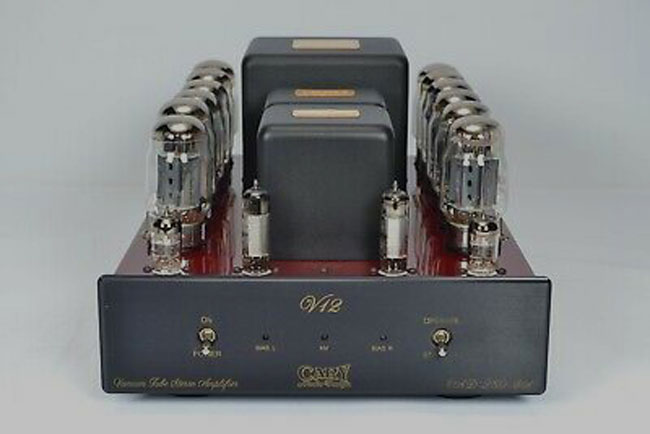
Cary Audio CAD280-SA V12R Power Amplifier: My component of the Decade is not new – built in 2004 – or even one that I’ve reviewed for Stereo Times, but it’s been in my system for ten years now, I talk about it regularly in my columns, and I’ve no intention of replacing it anytime soon: The Cary CAD-280SA V12r power amplifier designed by Dennis Had (unfortunately now discontinued). As tube amplifiers go, the V12 is a power pig. A push-pull design rated at 50 watts triode and 100 watts ultra linear, it has consistently bench-tested at 130 watts on both EL34s and 6550s, the latter being my tube of choice at home. My relationship with this amplifier has sometimes been fraught with difficulties. In one review years ago, I described it as a recalcitrant robot with a mind of its own, randomly producing odd hums and vaporizing fuses with reckless abandon. This past year I delayed a tube change and fried some interior bits – totally my fault – necessitating an expensive ($450 round trip just for shipping) visit to North Carolina for repairs, and I’d sent it back to Cary twice before that for upgrades. Also, with a dozen power tubes, replacing a set is a pricey proposition. But every time it comes back it’s better than it was before. This last time it received a new set of Mundorf MCap Supreme EVO Silver/Gold capacitors that truly brought this aging beast into the twenty-first century. Bass, which has never been a V12 strong point, became exponentially deeper and tighter with far more detail and genuine punch. Everything else gained new liquidity, transparency and extension. It was not a subtle improvement. Sonically, this amp throws a deep wide soundstage in tube-glow technicolor. When everything is right, images just float between the speakers like beautiful apparitions. I’ve heard amps that offer a bit more, but not by much, and definitely not enough for me to make a change. With the help of counseling (from a technician) Me and this V12r have come to understand each other and have reconciled our differences. The Cary V12r is the beating heart of my system, and we’re ready to go for another ten years. (Greg Simmons)

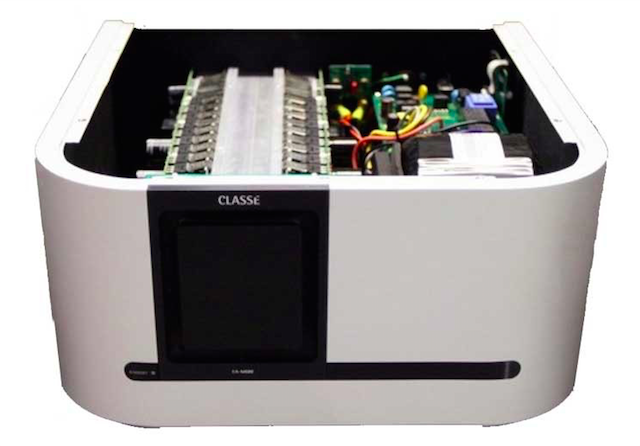
Classe’ Audio CA-M600 Monoblock Amplifiers: The CA-M600s were my choice back in 2011 and the fact that I never got to own them is one of the greatest failings in my audio life. These amps are gorgeously built and fantastically musical sounding and their sub-$15K price tag made them a steal. New Delta Series amps are due out in early 2020, and based on what they accomplished with the M600s, I, for one, can hardly wait. (Dave Thomas)


Coda Technologies 07x Preamplifier ($6,500): The 07x preamplifier is the fourth generation of Coda’s “0” series line-stages. This is one superbly built linestage, both in its external chassis-work and internal components. For example, it uses double-sided gold-plated circuit boards. This preamplifier has patently shocked me considering it might have the best synthesis of what solid-state has to offer (transparency-clarity/low frequency extension-control/micro-details/slam-speed) and of what tubes have to offer (pristine timbres-tonality-color/holographic imaging/three dimensional sound-staging with a sense of air around the individual instruments) that I have heard in over thirty years of listening to scores of preamplifiers. (Terry London)


Linear Tube Audio Ultrlinear Amplifier ($6,800): This amplifier is based on David Berning’s patented revolutionary ZOTL circuit. It delivers 20 wpc into 8 ohms. It also uses very inexpensive 17JN6 power tubes that because of how they are run in the ZOTL circuit might last a lifetime of listening. What makes this amplifier so special is you would swear you’re listening to a SET 2A3 amplifier because of its beautiful tonality/colors and spatial qualities, yet the overall dynamics and bass control rival a much more powerful solid-state design. An amplifier for those who want those SET virtues, but enough power to drive many speakers that are not single-driver or horn designs that have to be close to 100 dB efficient for the “Flea Watt” SET amplifiers to work their magic. (Terry London)

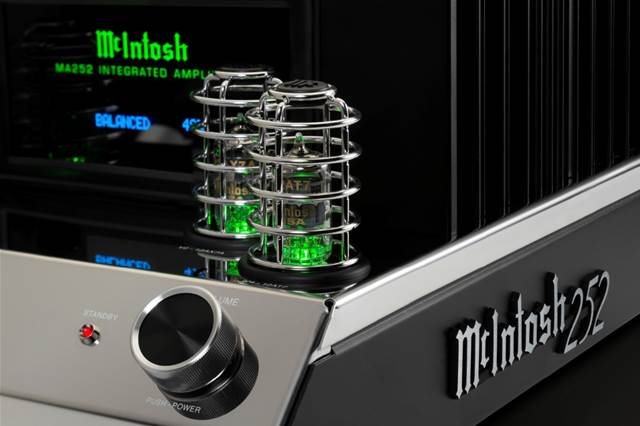
McIntosh MA252 ($4,000) and McIntosh MA5300 ($5,500) Integrated Amplifiers: Why two together? I own both so that certainly qualifies them for “Most Wanted” and if I wrote separate nominations, they would read almost the same. Both of these integrated amplifiers are outstanding values, offering excellent performance with the long-term reliability and customer service McIntosh is famous for. Both have a MM phono input and headphone output. They share the same power rating of 100 watts into 8 ohms and 160 watts into 4 ohms. The hybrid MA252 offers the warmer sound of tubes and a mono subwoofer output. The MA5300 has preamplifier input/amplifier output options, a home theater pass through and the same upgradeable DA1 Digital Audio Module found in the more expensive McIntosh products. They both set the standard for price/performance and long-term user satisfaction.
Why products of the decade? Not these two products solely, but rather what they represent. Although these two integrated amplifiers are recent offerings by McIntosh, their relative affordability represents the collective expertise of not just one, but seven decades designing and manufacturing audio equipment to bring enjoyment into the homes of untold thousands of owners. I could sing high praises but McIntosh’s continued endurance and endearment casts infinitely more votes than mine. And keeping quality and performance up while providing affordable entry into the brand ensures the McIntosh legacy will continue long past 2019, its 70th anniversary year. (Donald Shaulis) 
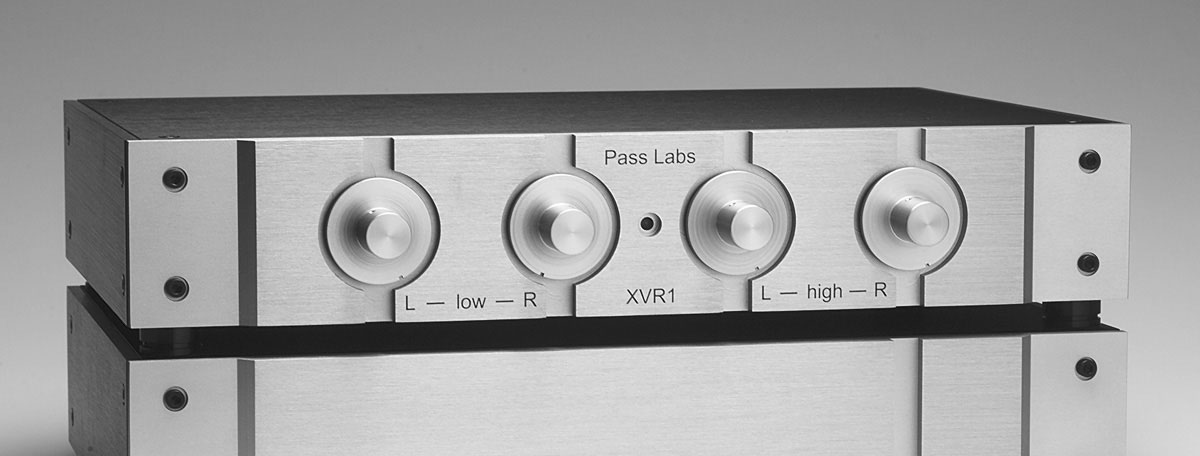
Pass Labs XVR-1 Electronic Crossover: When I added a pre-owned pair of Magnepan MG20s to my system years ago, I was happy that the previous owner (thanks TJ!) had replaced the stock crossover with the Bryston 10B electronic crossover. But when I replaced the Bryston with the Pass Labs XVR-1, I was downright euphoric. The frequency range that the XVR-1 allows these old Maggies to render is amazing (planars aren’t supposed to have this much musical bass, right?). Kent English of Pass once told me: “If you truly ‘fall in love’ with the XVR-1… you’ll start imagining graphs.” He was right… mostly. (Dave Thomas)


SBS Designs S-2 PRO Power Amplifier ($3,900): This exceptional amplifier from the pro audio side of the audio community took me by surprise! While somewhat “homely” in the looks department, this Class AB 125 wpc power amplifier presented a musicality I have yet to hear in far more expensive components. I surmised at the time of review that, should the S-2 PRO be dolled up for the audiophile community and its (already affordable) price reduced even further, such a product “might very well leave all comers in its wake.” The S-2 PRO has since become my reference. (Greg Voth)

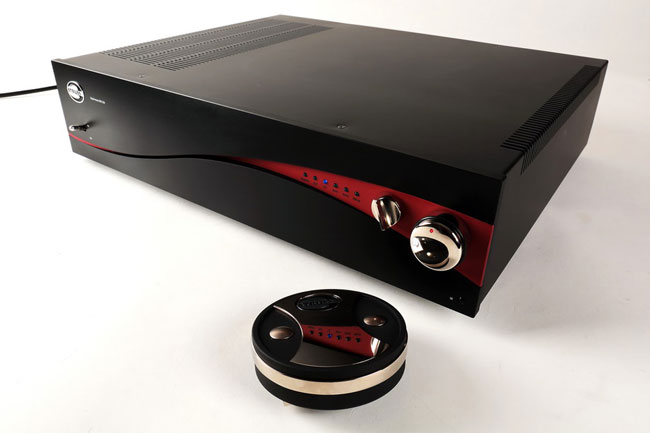
Struss Audio DM250 Integrated ($5,632): This slick Polish-designed integrated utilizes the company’s patented Field Effect (N-Mosfet) transistors in addition to a capacitor-less signal path. Built-in phono stage comes standard while the DM in its name signifies a true dual mono circuitry. Driving the Tekton Double Impact SE’s proved exhirlarating. Review in the works (Clement Perry)

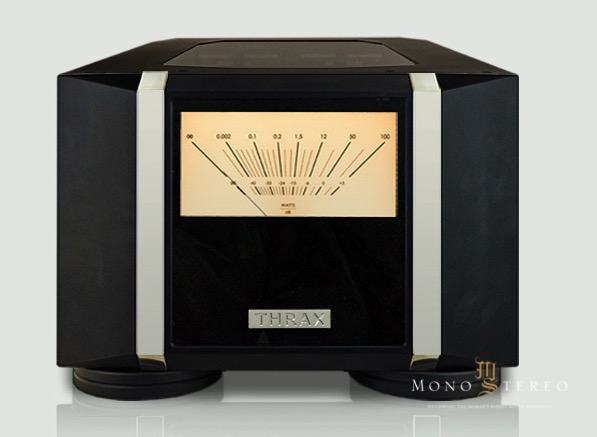
Thrax Audio Spartacus 300 monoblock amplifier ($75,600/pair) and Libra preamplifier ($53,760): The Spartacus 300 and the Libra are the new statement products developed by Rumen Artaski and his team. These are masterpieces, an example of engineering overkill in all respects. Their designs are based on the legendary Western Electric 300B vacuum tubes, which use Directly Heated Triodes with advanced magnetic materials. The 300B tube is the most linear of amplifying devices and it is one of the very best audio tubes ever made. The Spartacus 300 uses the six 300Bs in two stages to produce a glorious 50 watts of pure Class-A triode magic. The input is a 300B driving four 300Bs in the output stage and a shunt regulator based on another 300B to make sure all signal currents go through them with not a capacitor in sight. The Spartacus 300 features one of the simplest signal paths with absolutely zero feedback (wire-vacuum-wire-vacuum-wire).
The Libra preamp uses two 300B tubes per channel in a true dual-mono differential pure Class-A triode operation. It features two independent outputs that can be gain offset from each other to allow for bi-amplification with a different amplifier for mid/high and bass. Brilliantly, a single-ended triode amplifier for the mid/high and a powerful push-pull amplifier for the low frequencies can be used. The offset feature lets you adjust the preamp for amplifiers with different gains and keeps their volume levels in sync. Another unique feature of the Libra is the fully balanced Tape Loop, allowing the use of professional tape recorders like Studer, Ampex and many others to take full advantage of the quality of your master tapes. The Spartacus 300 and the Libra, both utilize state-of-the-art nano-crystalline core output transformers and microprocessors control auto bias for compensation of tube ageing and the correct operation of any 300B. Simply put, it all sounds heavenly! I’ve got to have them. (Key Kim)

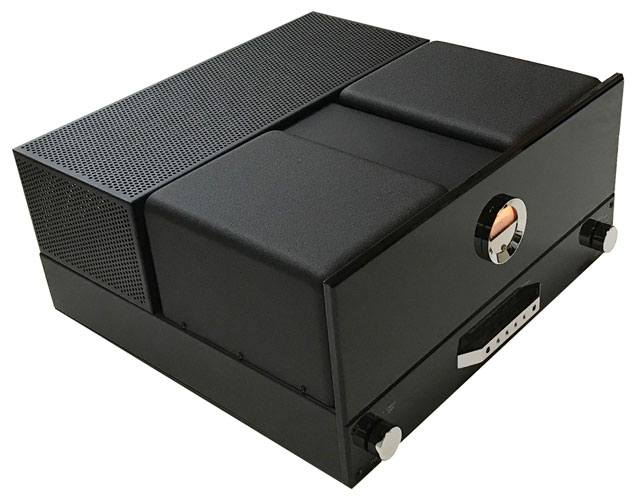

Valve Amplification Company Renaissance Mk V Preamp w/Phono ($13,000) and Signature 200 iQ Amplifier ($14,000):This one was easy. Kevin Hayes and VAC still represent some of the very best audio gear designed in the US and easily competes with the best made audio gear available from anywhere. This amp/preamp combination is very well made and highly sophisticated, especially with the Signature 200’s iQ circuit, which ensures your amplifier tubes are performing at their optimum. Gone are the days of wondering if a tube is getting close to going bad or if the performance is beginning to deteriorate. The Renaissance 200 preamp has a lovely sounding linestage but its built-in phono is outstanding and rivals any other preamps built-in phono section that I’ve heard. The build on these pieces is first-rate and meant to last. Add to that VAC’s customer service and the care and concern with which they stand behind its products and you have a first-rate audio experience. (Mike Wright)

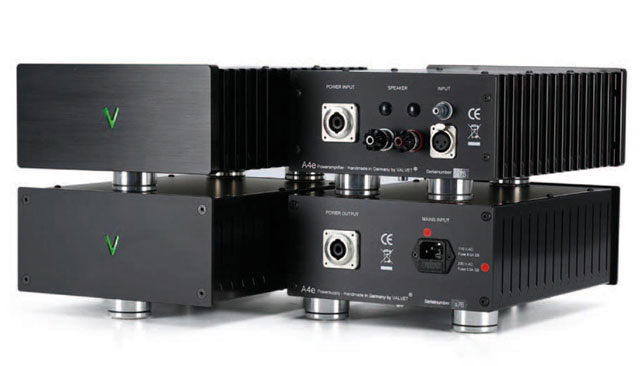
VALVET A4e Mono-Blocks ($,9,899): The Valvet A4e Class-A Mono-Blocks mated wonderfully with my efficient Tekton Double Impact floorstanders and, with their 65 watts on 8 Ohm/105 watt on 4 Ohm output capacity, they will dominate far more most difficult speaker brands. Even with a solid state preamp in the mix, they produced a relaxed, rich and lush musical palette, each note delivered with panache and nuance that subtly coaxed and charmed this listener to listen longer… and longer. With no capacitors in their pure silver-wired signal path, these Valvet a4e’s are the real deal. (Greg Voth)


Vitus Audio RL-101 Linestage: The “entry-level” DAC/linestage from legendary designer Hans-Ole Vitus’ “Reference Series” product line is a real winner. It possesses much of the musicality and build-quality DNA of the company’s “higher-end” product lines but at a much more grounded price point (grounded for Vitus, that is). Yes, I know $11K is still a lot of dough but the RL-101 is still a Vitus product in every sense of the word. If you’ve ever seen and heard this unit, you’d know just how much of a bargain it truly is. (Dave Thomas)

Stereo Times Masthead
Publisher/Founder
Clement Perry
Editor
Dave Thomas
Senior Editors
Frank Alles, Mike Girardi, Russell Lichter, Terry London, Moreno Mitchell, Paul Szabady, Bill Wells, Mike Wright, and Stephen Yan,
Current Contributors
David Abramson, Tim Barrall, Dave Allison, Ron Cook, Lewis Dardick, John Hoffman, Dan Secula, Don Shaulis, Greg Simmons, Eric Teh, Greg Voth, Richard Willie, Ed Van Winkle, Rob Dockery, Richard Doron, and Daveed Turek
Site Management Clement Perry
Ad Designer: Martin Perry


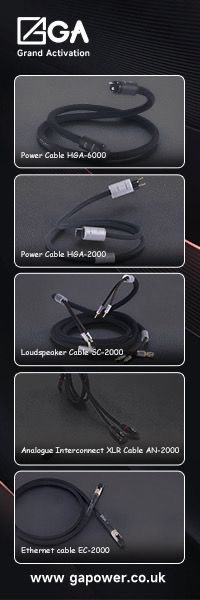


Be the first to comment on: Most Wanted Components of the Decade – Analogue